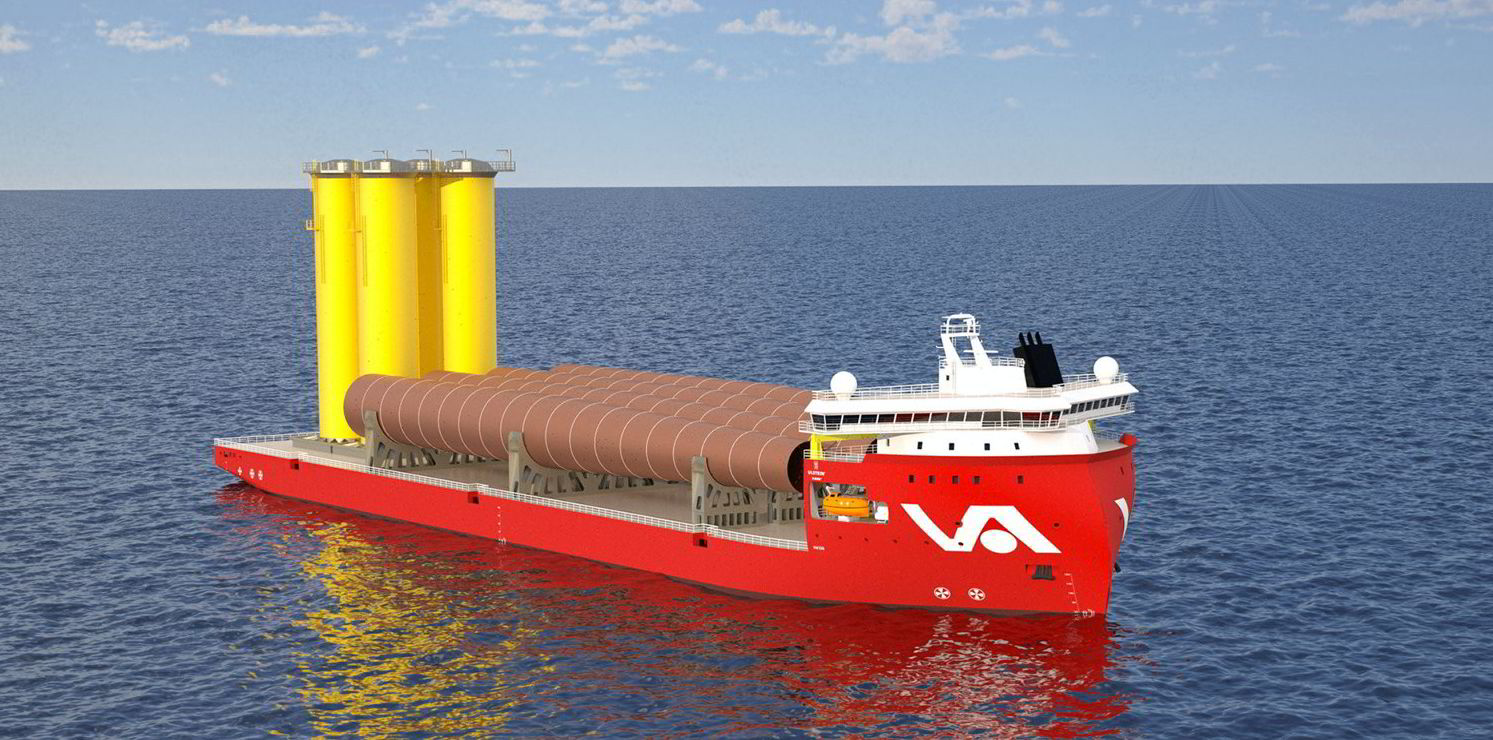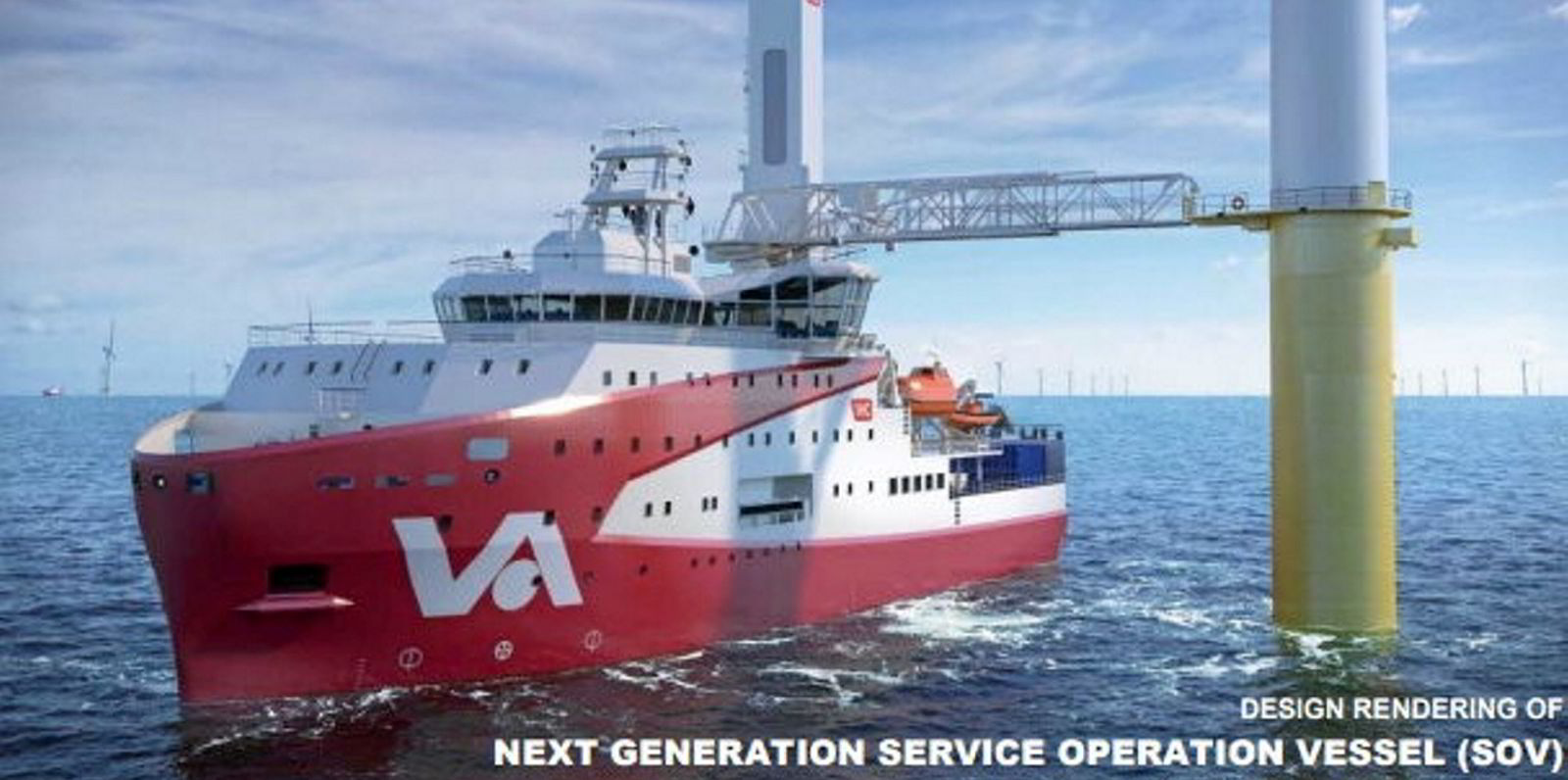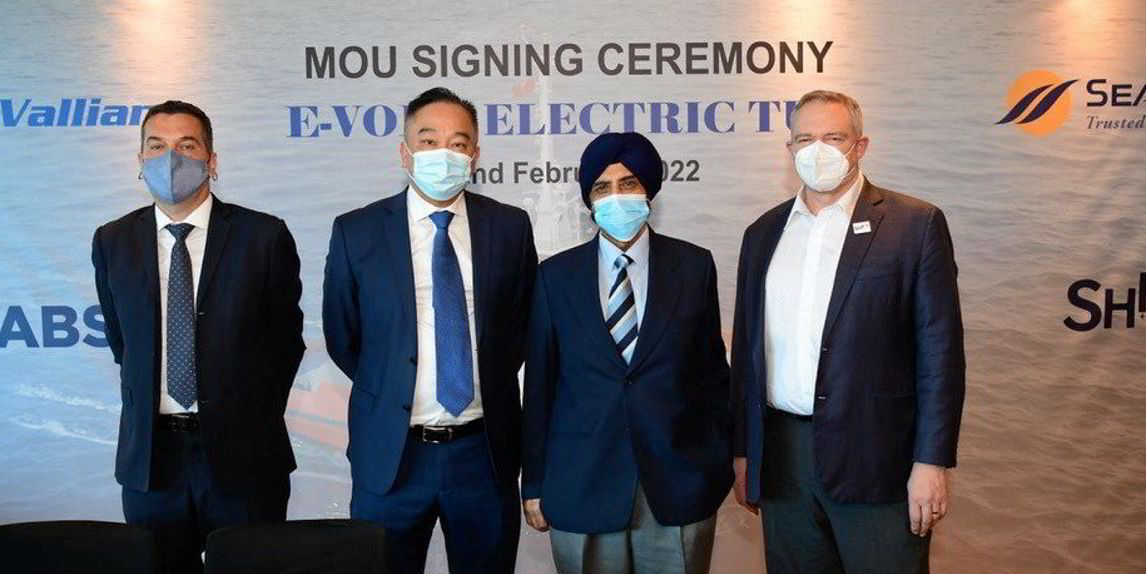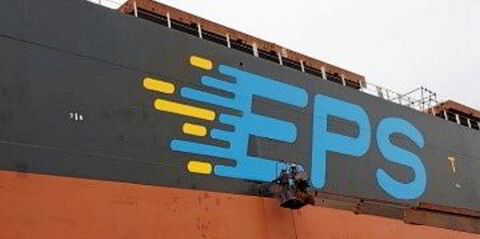Singapore’s Vallianz Holdings has unveiled plans for a dual-fuel hybrid heavy transport vessel (HTV) for use on offshore wind farms.
The design will be developed in collaboration with Ulstein Design & Solutions, Bureau Veritas and Canadian-based energy storage system developer Shift Clean Energy.
The new DP-2-rated vessel, a customised Ulstein HX120 design, has been described as “unique” as it will feature dual-fuel engines and a battery energy storage system.
The HTV will be deployed for transportation of structures such as monopiles, jackets, transition pieces and turbine blades to support offshore wind farm projects, as well as heavy structure modules for LNG and conduct floatover operations of offshore structures.
Measuring an overall length of 173.6 meters, the design will boast a free deck length of 145 meters, a deck area of more than 6,000 square meters and deck strength of 25 tonnes per square meter.
Construction is expected to take up to 26 months with planned completion by the end of 2024, Vallianz said.
“In view of the anticipated increase in the size of monopiles and other components for offshore wind farms over the coming years, we believe there will be growing demand for newer generation vessels like our HTV which can help to facilitate faster installation speed, better project economics and reduction of carbon footprint,” said Vallianz chairman Osman Ibrahim.
He said a recent analyst report on the HTV market concluded that the current supply of HTVs worldwide will be insufficient to cater to the expected demand for such vessels in the next few years.
“Since 2010, offshore wind has been a focus market for Ulstein,” said Ulstein group chief executive Cathrine Kristiseter Marti.
“With our track record in SOVs, heavy lift vessels and rock installation vessels, we have built up a strong position as a ship designer supporting offshore wind installation and maintenance.”
Edwin van Leeuwen, managing director of Ulstein Design & Solutions said the company’s strategy has been to expand into vessels supporting offshore wind logistics where its ambition is to become the “preferred designer for these types of vessels”.
The HTV project follows closely on the heels of Vallianz’s plans for the construction of a next-generation service operation vessel (SOV) to support the operations and maintenance of offshore wind farms.





